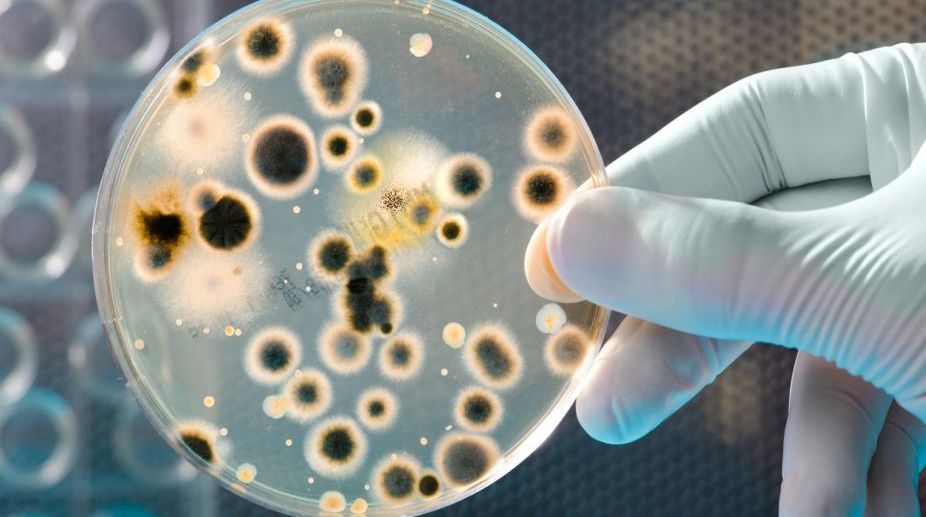7 solar projects in Himachal to generate 72 MW power by December: CM
Himachal Pradesh Chief Minister Sukhvinder Singh Sukhu on Wednesday said seven projects in the state will harness 72 MW of solar power by this December.

PHOTO: Getty Images
Scientists have created a bacteria-powered fuel cell that can convert the greenhouse gas methane into electricity.
“People have tried for decades to directly convert methane. But they have not been able to do it with microbial fuel cells. We have engineered a strain of bacteria that can,” said Thomas K Wood, professor at Pennsylvania State University in the US.
Advertisement
Microbial fuel cells convert chemical energy to electrical energy using microorganisms. They can run on most organic material, including wastewater, acetate and brewing waste.
Advertisement
Methane, however, causes some problems for microbial fuel cells because, while there are bacteria that consume methane, they live in the depths of the ocean and are not currently culturable in the laboratory.
The researchers created a consortium of bacteria that produces electricity because each bacterium does its portion of the job.
Using synthetic biological approaches, including DNA cloning, the researchers created a bacterium like those in the depths of the Black Sea, but one they can grow in the laboratory.
This bacterium uses methane and produces acetate, electrons and the energy enzyme that grabs electrons.
The researchers also added a mixture of bacteria found in sludge from an anaerobic digester – the last step in waste treatment.
This sludge contains bacteria that produce compounds that can transport electrons to an electrode, but these bacteria needed to be acclimated to methane to survive in the fuel cell.
“We need electron shuttles in this process. Bacteria in sludge act as those shuttles,” said Wood.
Once electrons reach an electrode, the flow of electrons produces electricity.
To increase the amount of electricity produced, the researchers used a naturally occurring bacterial genus – Geobacter, which consumes the acetate created by the synthetic bacteria that captures methane to produce electrons.
To show that an electron shuttle was necessary, the researchers ran the fuel cell with only the synthetic bacteria and Geobacter. The fuel cell produced no electricity.
They added humic acids – a non-living electron shuttle – and the fuel cells worked. Bacteria from the sludge are better shuttles than humic acids because they are self-sustaining.
“This process makes a lot of electricity for a microbial fuel cell. However, at this point that amount is 1,000 times less than the electricity produced by a methanol fuel cell,” said Wood.
The study was published in the journal Nature Communications.
Advertisement